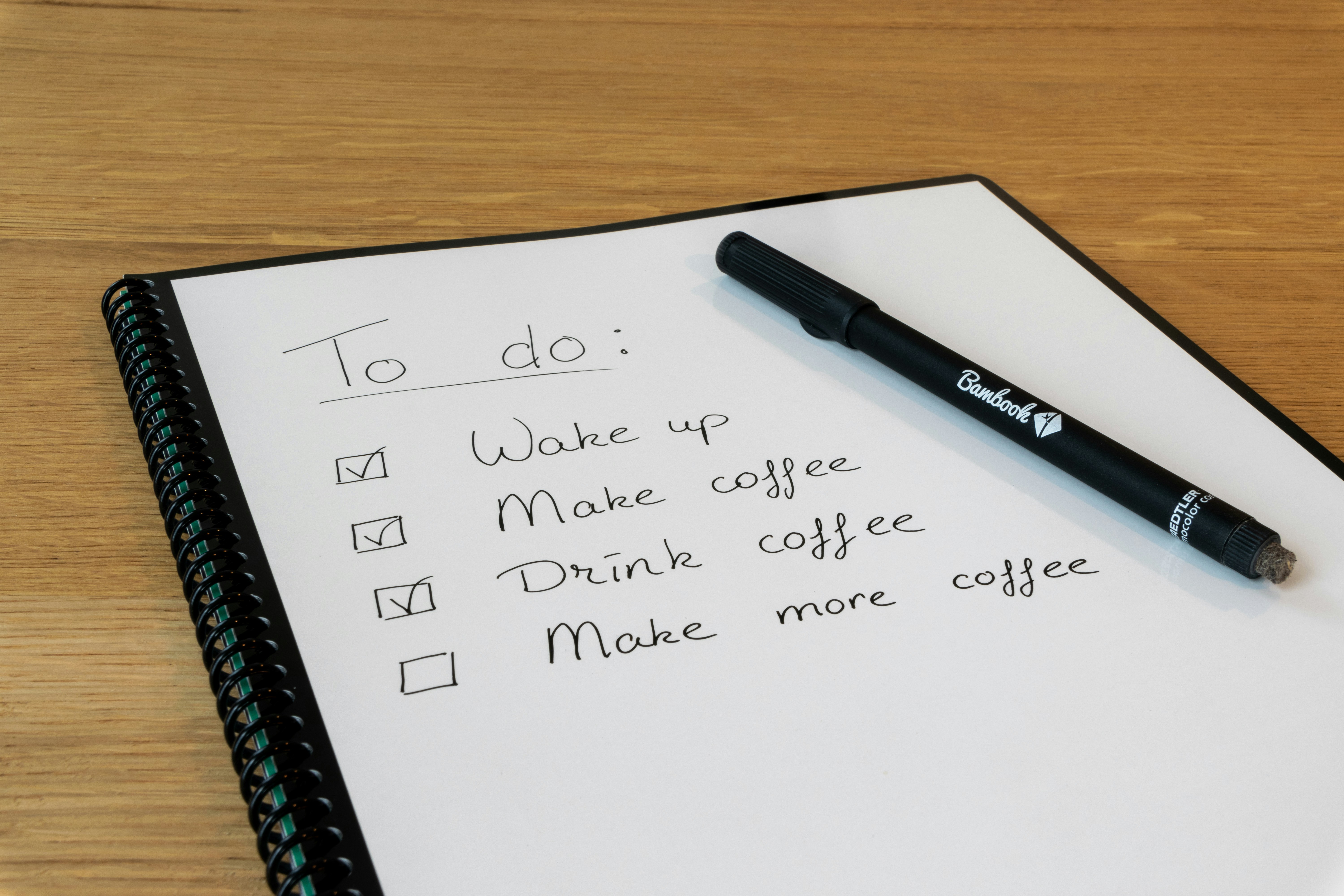Daily Checklist Strategy: One Big List or Split into Morning and Evening?
When it comes to productivity, daily checklists are one of the simplest yet most powerful tools you can use. But there’s a common question people face when setting up their routines in a checklist app like SmartChecklist:
Should you create one large daily checklist, or should you break it down into two—such as a morning checklist and an evening checklist?
Let’s explore the pros and cons of each approach so you can decide which fits your workflow best.
The Case for One Large Daily Checklist
A single daily checklist has the advantage of simplicity. You start the day with one master list, and everything you need to do—whether in the morning, afternoon, or evening—is there in front of you.
Benefits of one daily checklist:
- Centralized view: You only have to manage one list.
- Less setup time: No need to decide which task belongs in which list.
- Clear progress tracking: You see the entire day’s accomplishments in one place.
This approach works best for people who like to see everything in one glance and don’t mind scrolling through a longer list. It also works well if you’re using SmartChecklist’s tracking and analytics to measure overall daily performance.
The Case for Morning & Evening Checklists
Breaking your daily checklist into two (or more) lists can help create structure and focus. Instead of seeing 20–30 tasks all at once, you only see what’s relevant to that part of the day.
Benefits of splitting checklists:
- Context-based focus: You only see tasks you can actually complete at that time.
- Reduced overwhelm: Smaller lists feel more achievable.
- Built-in reflection points: Finishing your morning checklist gives you a sense of accomplishment, and the evening checklist creates a natural review habit.
For example:
- Morning Checklist: Exercise, plan the day, check emails, priority tasks.
- Evening Checklist: Review progress, tidy workspace, prep for tomorrow, downtime activities.
Using templates in SmartChecklist, you can easily create recurring checklists for both parts of your day. Over time, analytics will show whether splitting lists improves your completion rates.
Which Approach is Best?
There’s no universal answer—it depends on your work style and goals.
- If you thrive on big-picture visibility, stick with one large checklist.
- If you prefer focus and milestones throughout the day, split into morning and evening.
The good news is that SmartChecklist supports both approaches. You can experiment: start with one daily list, then try splitting it into two templates and compare your completion rates with analytics.
Final Thoughts
Your daily checklist is a tool to reduce mental load and increase consistency. Whether you go with one large list or two smaller ones, the key is making your system effortless and repeatable.
With SmartChecklist, you can try both methods, track your progress, and discover which structure helps you stay consistent, productive, and stress-free.

